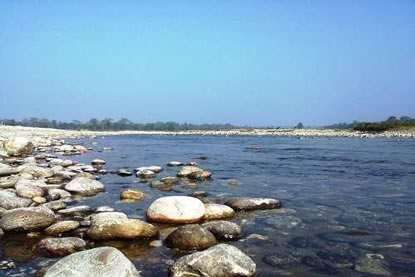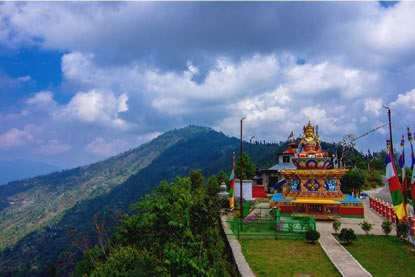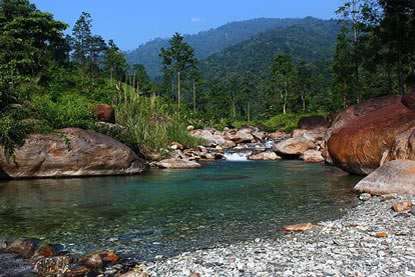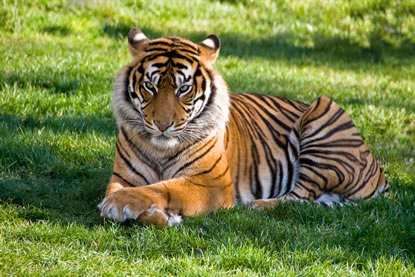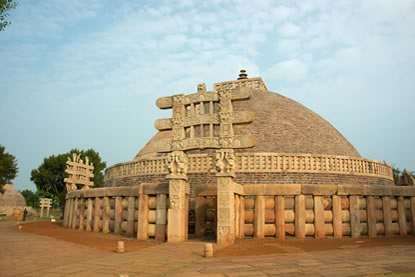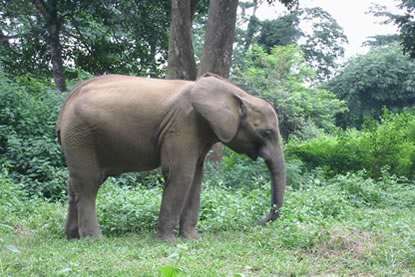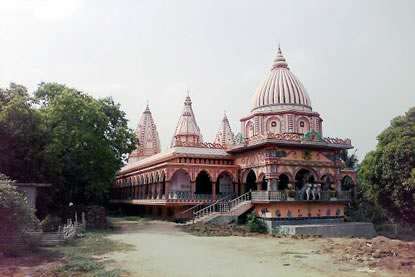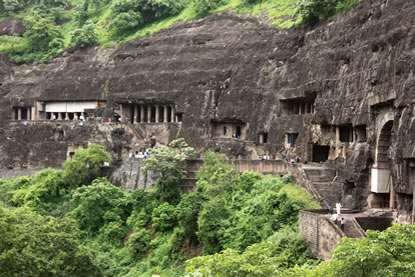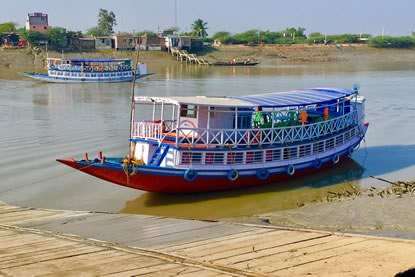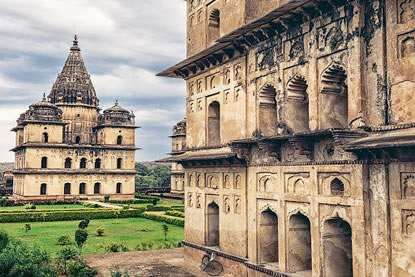Welcome to Alchi Monastry
In the lower segment of Ladakh nestles the Alchi, a beautiful village comprising monuments dating to periods. Of these monuments, Alchi monastery is the oldest and witnesses a good footfall. As per the facts, the monastery was built somewhere between 958 and 1055 AD by the Guru Rinchen Zangpo. However, the preserved monuments within the monastery tells a different story. They ascribe it to a Tibetan noble called Kal-dan Shes-rab later in the 11th century. The major buildings of the monastery are Dukhang or Assembly Hall, Main Temple (gTsug-lag-khang), Manjushri Temple ('Jam-dpal lHa-khang), and Chortens. Additionally, the temple also has two other important temples -'Lotsabha Lakhang' and 'Lakhang Soma'. All these stunning architectures are adorned with minutely carved paintings, which are believed to be the oldest surviving in Ladakh. Huge statues of the Buddha and elaborate wood carvings and artwork will definitely entice tourists the most. Dukhang – This is from where one enters the Manjushri temple and monks performs worship and ceremonies. Classic architecture of the temple is made of original wooden door frame and it is still retained. Later in 12th and 13th century, some additions were made too. Landmark of Dukhang is the Wheel of Life and Mahakal. Sumtseg – The most outstanding feature of the Alchi Monastery, Sumtseg is made of loam and natural stone. The vintage woodwork and paintings in the interior of the monastery were made by Kashmiri artists. Orignal structure of monastery's this part was built in the early 13th century. Further adding to its beauty are textile prints depicting Buddha’s life. Manjushri Temple – In comparison to the Sumtseg and Sumda Assembly hall, Manjushri Temple alias Jampe Lhakhang dates to around 1225 AD. Like Sumtseg, here too one there are paintings but they're unrefined. The temple to its left - Lhotsava or Lotsawa temple to its left side is a later addition.
View all Alchi Monastry tour



